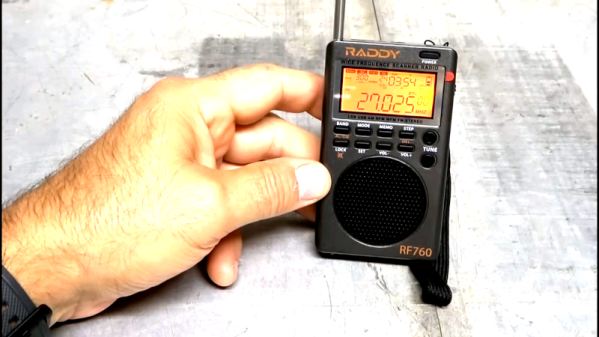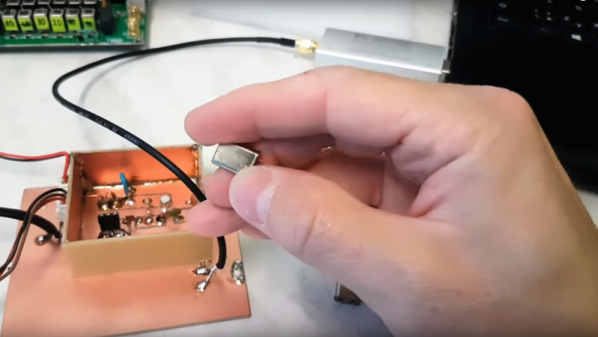In the old days, a shortwave radio was a major desk fixture. These days, you can get truly diminutive radios. However, most of them only have AM capability (that is, no simple way to receive single-sideband or SSB signals) and — maybe — the ability to pick up FM broadcast. Small radios also often have no provision for an external antenna which can be crucial for shortwave radios. [Farpoint Farms] shows off the Raddy RF7860 which is a palm-sided radio, but it has the elusive sideband modes and an external antenna port and wire antenna. It even has a rechargeable battery.
Reading the comments, it appears this is a rebadged version of a HanRongDa HRD 747 radio. Of course, there are other smaller radios with sideband reception like the Tecsun PL368, but they aren’t this small. If you are in the market for a really tiny shortwave radio, this might be the thing for you.
Of course, the question is what you want to listen to on the shortwave bands these days. There are fewer and fewer broadcasters on shortwave, especially those that broadcast to a general audience. However, if there is something you want to hear, pairing this radio with a good portable antenna, would do the job.














